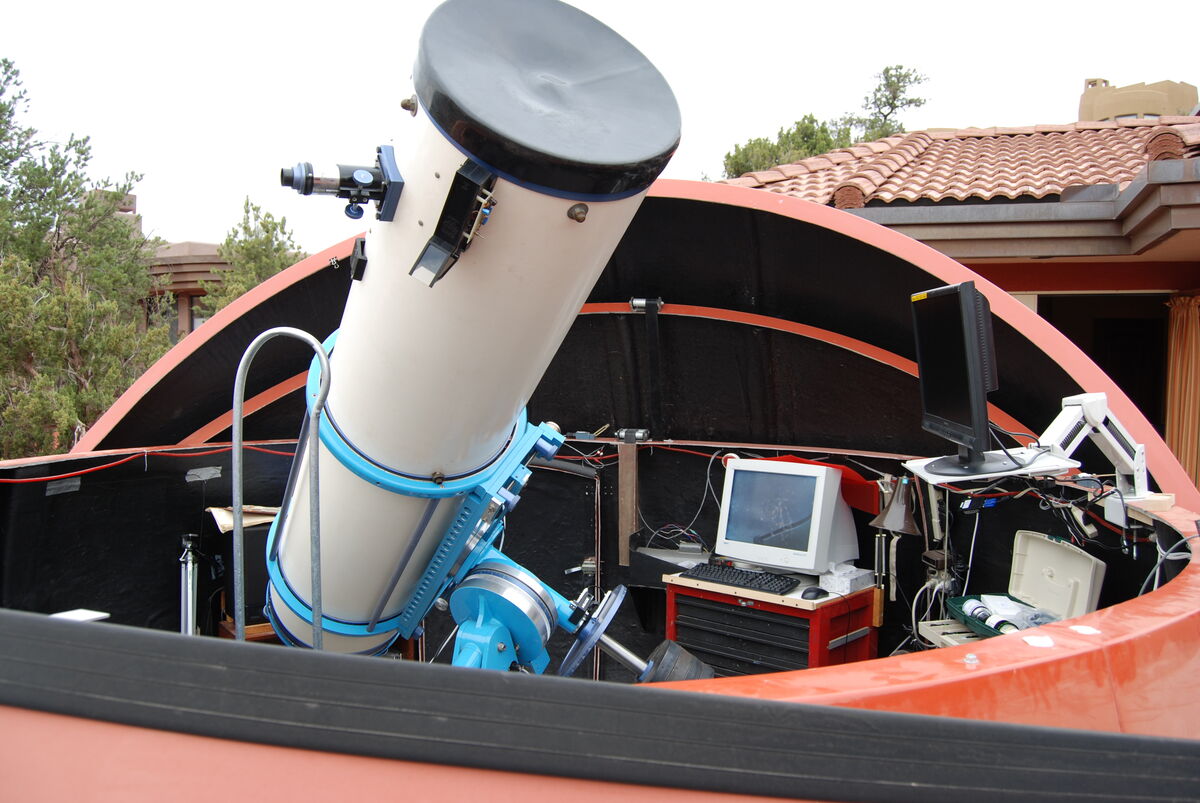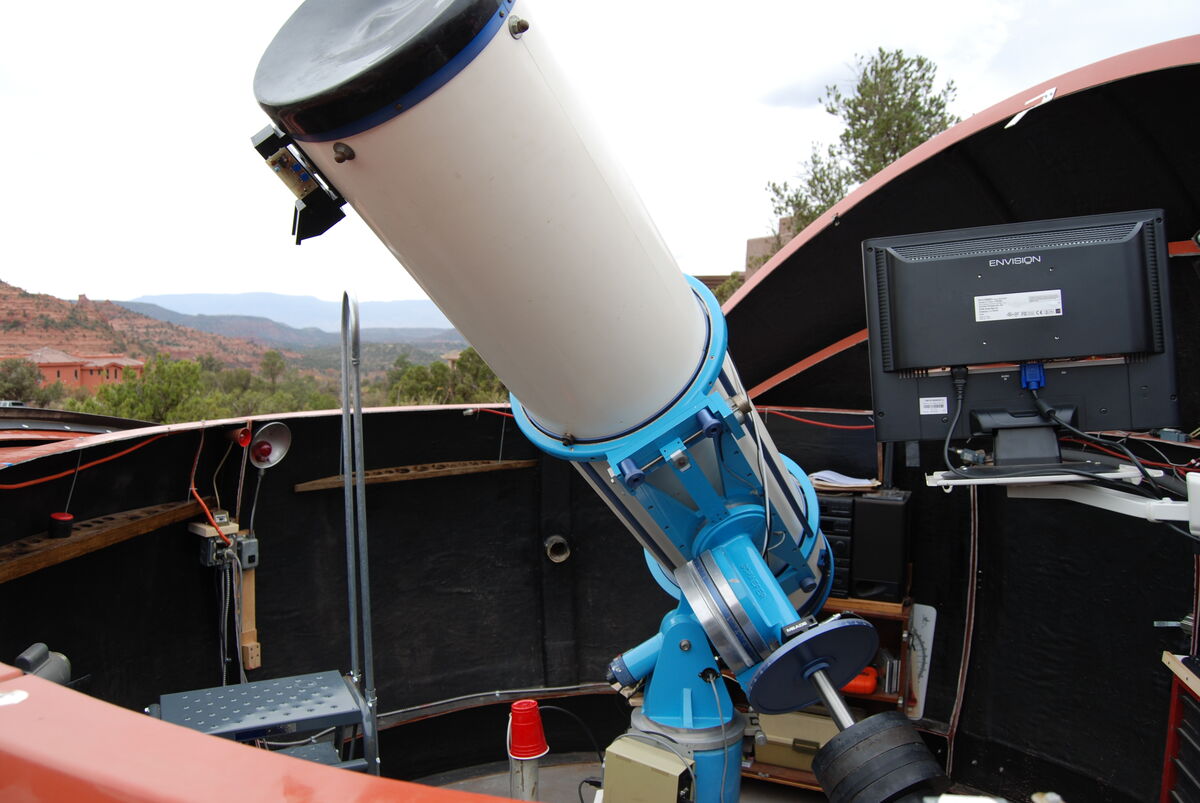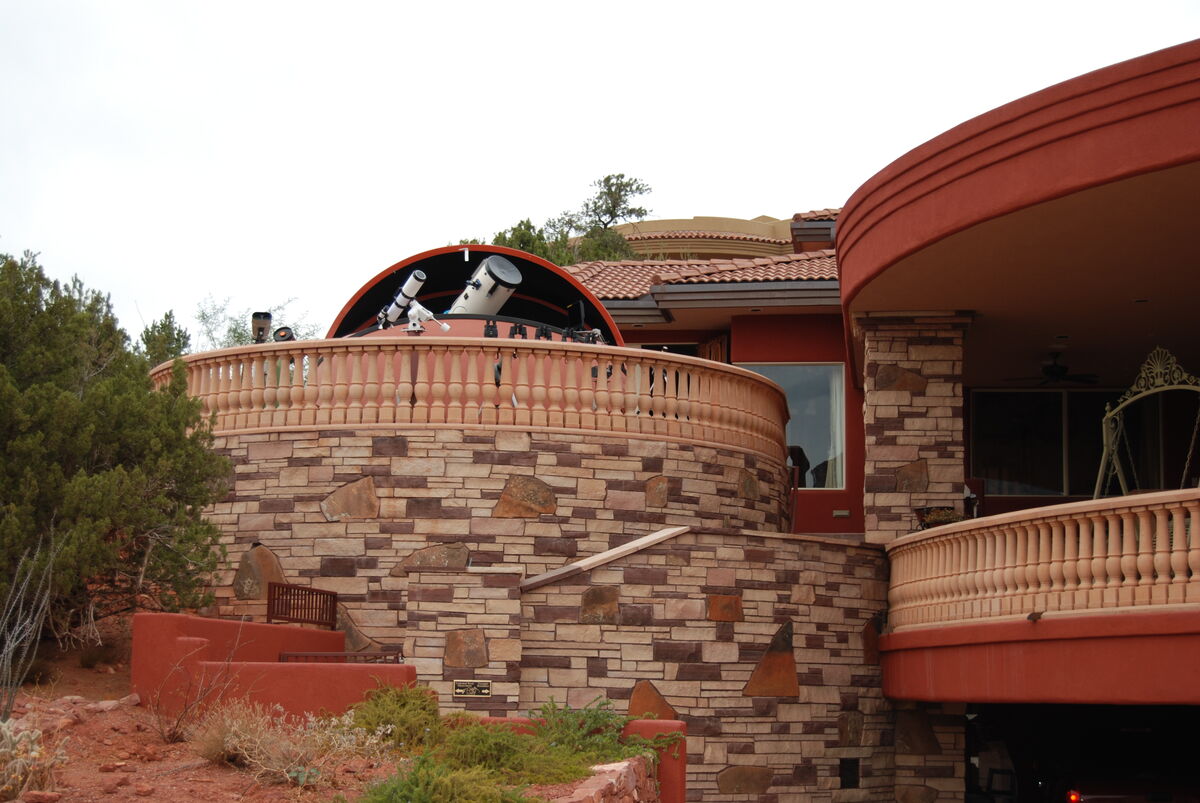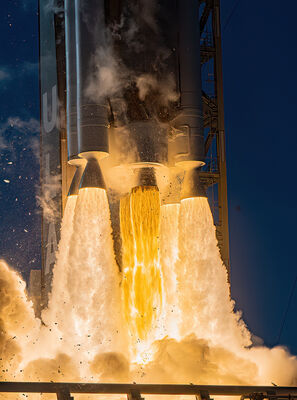What settings to use for shooting planets?
Aug 6, 2022 14:36:55 #
RockCityKid
Loc: Gilbert, AZ
I have been trying to photograph the planets that are currently visible such as Mars, Jupiter and Saturn. In the photos the planets come out as white instead of showing any colors. However, their moons do show color. I am currently using a Nikon D7500 with a Tamron 70-300mm. f4-5.6, and a Tamron AF Teleconverter 2X with it. Does anyone have any suggestions regarding beginning camera settings?
Aug 6, 2022 14:57:05 #
If the moons are well exposed, and the planets over exposed, you have determined the correct exposure for the Moons. You probably will not get a single exposure that is correct for both. I would make a series of exposures beginning with the one that rendered the moons correctly, then quickly make additional exposures of minus 1 , 2 & 3 Stops to ascertain the correct exposure for the planets. You may need to go further.
When you figure out the correct two exposures Retake the sequence as a quick 1-2 to minimize motion and composite them.
When you figure out the correct two exposures Retake the sequence as a quick 1-2 to minimize motion and composite them.
Aug 7, 2022 09:21:08 #
Aug 7, 2022 10:59:11 #
Planets are far away, but not necessarily dim. The larger ones (moon, Jupiter, Mars, Venus, Saturn are daylight or nearly daylight objects (sun illuminated, and shining in the dark), so start at daylight settings. Telephoto lens wide open or closed 1 stop (for better across the diameter sharpness), ISO 400 or so, and shutter 1/125 !!! and faster in steps.
And if the planet is not nearly so large as to extend out to the edges of the field of view, you can accept a fuzzy outer edge if nothing is there. But if stars (tiny but bright) show out to the edge, they may be out of focus, so stop down one stop or more and then shoot and adjust s speed as needed.
I used this with my telephoto lens for the moon.
For the planets I used my 16" Newtonian f/5.5 2235mm focal length with those settings. I rarely shot planets. The the scope was a "light bucket" better suited to galaxies and dimmer extended object. I still have it but have been out to the observatory for years. Too old and past my bedtime. But if some visitor to Sedona wants to observe, I'm game. Here is a photo of the scope. Sorry to kidnap the subject of the question.
And if the planet is not nearly so large as to extend out to the edges of the field of view, you can accept a fuzzy outer edge if nothing is there. But if stars (tiny but bright) show out to the edge, they may be out of focus, so stop down one stop or more and then shoot and adjust s speed as needed.
I used this with my telephoto lens for the moon.
For the planets I used my 16" Newtonian f/5.5 2235mm focal length with those settings. I rarely shot planets. The the scope was a "light bucket" better suited to galaxies and dimmer extended object. I still have it but have been out to the observatory for years. Too old and past my bedtime. But if some visitor to Sedona wants to observe, I'm game. Here is a photo of the scope. Sorry to kidnap the subject of the question.



Aug 7, 2022 11:31:11 #
Aug 7, 2022 12:44:26 #
MJPerini wrote:
If the moons are well exposed, and the planets ove... (show quote)



Yup, there is a distinct difference in the albedo of Moons and Planets.
bwa
Aug 7, 2022 14:11:05 #
RockCityKid
Loc: Gilbert, AZ
MJPerini wrote:
If the moons are well exposed, and the planets ove... (show quote)
Thank you for your input, I'll try those settings tonight.
Aug 7, 2022 14:13:43 #
RockCityKid
Loc: Gilbert, AZ
That is a really nice setup, but well beyond my budget. I'm still saving up for a star tracker.
Aug 7, 2022 16:05:27 #
MJPerini wrote:
If the moons are well exposed, and the planets ove... (show quote)
I have used this technique with Jupiter. Since I like to do all the editing myself, nothing automatic, I cut out the picture of Jupiter in MS Paint and then pasted it into the photo of Jupiter's moons. I had to experiment with the contrast and brightness of the two images so that it did not appear as if I had pasted Jupiter back into the moons photo.
I tried looking for my final composition, but my naming of photos has apparently not be one of my strong points.
 --Richard
--Richard
If you want to reply, then register here. Registration is free and your account is created instantly, so you can post right away.


